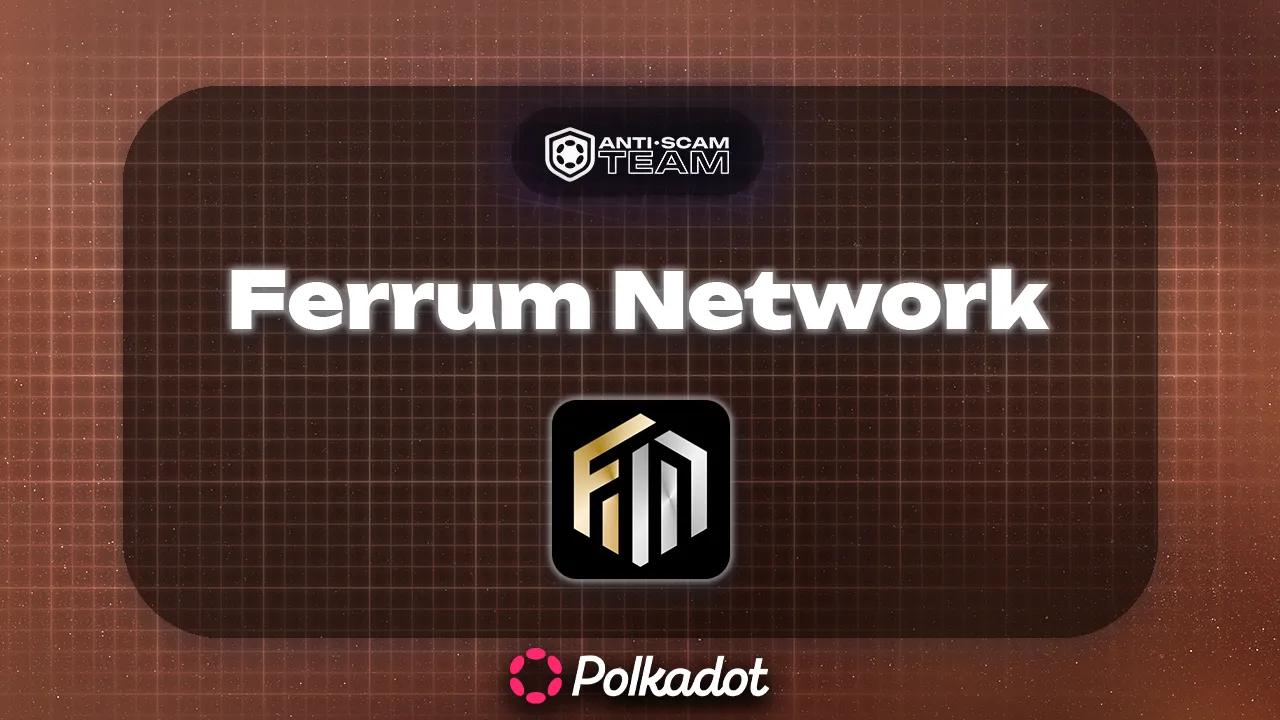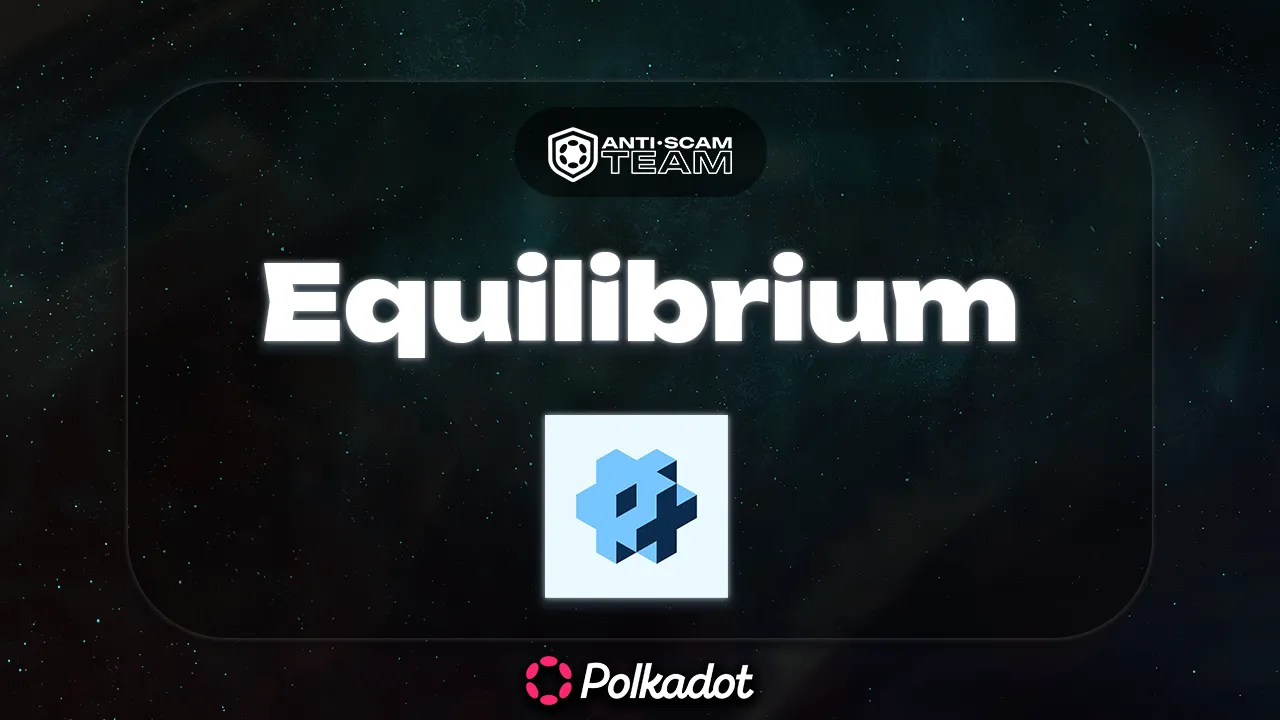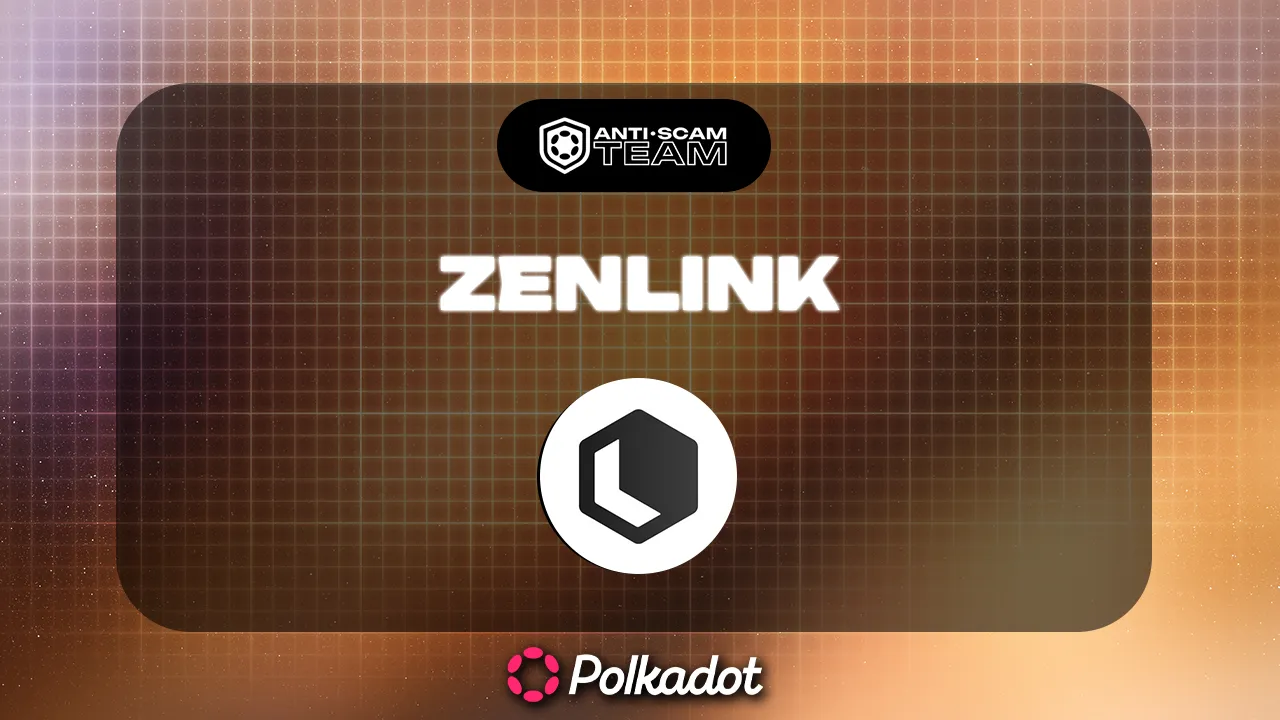Ferrum Network Project Overview
Ferrum Network is an interoperability Layer 1 blockchain aimed at connecting multiple blockchains via its Quantum Portal, enabling seamless communication for deploying multichain decentralized applications (DApps). The platform leverages Polkadot’s shared security and multi-chain environment, providing an infrastructure for developers to build Web3 solutions with lower costs and enhanced security.
Team Composition and Transparency
The Ferrum Network team consists of a highly experienced group of professionals with backgrounds in software engineering, blockchain, finance, operations, and growth strategies. Key team members include:
- Naiem Yeganeh (Co-Founder & Senior Engineer): Experienced in machine learning with stints at Microsoft, Amazon, and Bloomberg.
- Taha Abbasi (Co-Founder & CTO): Brings experience from NASA’s JPL, Apple, and MIT Sloan.
- Nick Odio (Co-Founder & CGO): Specializes in strategic partnerships, driving revenue, and expanding Ferrum’s reach.
- Nichell Logue (Co-Founder & COO): Has over a decade of experience in global operations, scaling businesses in the Web3 space. The team is publicly visible on the project’s website, with links to LinkedIn profiles and detailed biographies, enhancing transparency and credibility.
GitHub and Code Quality
Ferrum Network maintains a solid open-source presence with around 90 repositories, covering languages like TypeScript, JavaScript, Solidity, Rust, and Elixir. Regular updates, active contributions, and comprehensive documentation support the project’s commitment to ongoing improvement and transparency. However, the presence of only one identified member in the GitHub account suggests room for increased visibility among core developers.
Social Media and Community Engagement
Ferrum Network’s social media presence is widespread but exhibits varied levels of engagement:
- Twitter (X): Over 90,000 followers but low interaction, indicating potential follower inactivity or an inorganic base.
- Telegram: Moderate interaction with 10,000+ members, though bot activity affects perceived engagement.
- Discord and YouTube: Smaller but more consistent communities, with regular updates and active responses from the team.
- LinkedIn: Shows limited engagement, suggesting opportunities for better outreach. There is no official Reddit handle linked directly from the project’s website, raising concerns about potential impersonation risks.
Business Model and Risk Factors
Ferrum Network’s native token (FRM) serves multiple roles, such as gas fees, staking, and governance, creating intrinsic value. The business model also includes deflationary mechanisms like token burns, enhancing long-term sustainability. While the project aligns well with Polkadot’s multi-chain vision, reliance on token burning to maintain value could become problematic if growth does not meet expectations. The lack of detailed financial projections and allocation transparency could affect stakeholder confidence.
Conclusion and Rating
Ferrum Network stands out for its experienced team, robust development practices, and strategic approach to interoperability. However, community engagement inconsistencies and business model transparency need attention. The project earns a four out of five stars, indicating a strong foundation with promising growth potential. Prospective investors should monitor these areas for improvement while staying informed about the project’s development.




